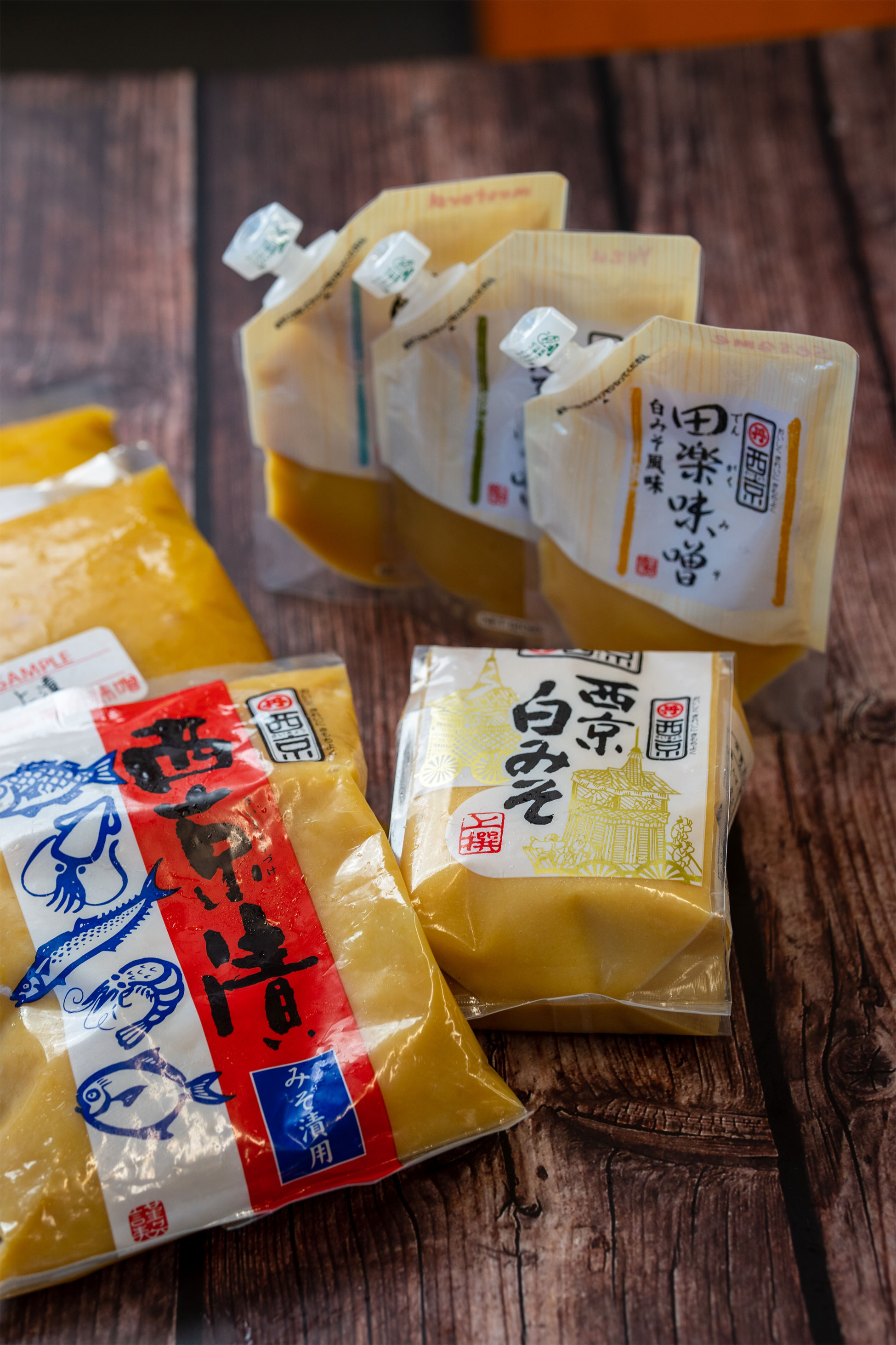Before we explore what our recent trip uncovered in world of miso in Japan, let’s take a broader look at what Miso is and where it comes from.
For those who are only beginning to discover this amazing product, miso is a full-bodied savory or sweet and salty fermented food, made from combinations of fermented rice, soy beans or barley, which adds deep umami flavour notes to both traditional Japanese and Western dishes. Miso also has the most incredible health-promoting properties and one of the reasons why Japanese people live so long!
Let’s first put things into perspective and look at the history of Miso. Miso actually originated in China and found its way to Japan in the seventh century. From the 8th to the 12th centuries miso was a delicacy almost entirely eaten by the nobility and monks, being strictly off limits to the commoner. It was also used as gifts or in some cases wages for the society’s elite. Rather than as a seasoning as it is today, it was used directly as a spread on food or eaten straight.
During the period of the 12th to the 16th centuries, miso made from mashed soybeans became a staple for the Samurai and later found its way to the common people as farmers began to make their own. During the hundred years of civil war in Japan, between the 15th and 16th century, rice and the nutrients in Miso played an important part in the securing of victory on the battlefield. As a result, the benefits of miso came to be held in high esteem and great efforts began to be made in the improving of fermentation methods. During the Edo period of 17 th to the 19 th century, Miso became even more important as the Shogunate (the military leadership) issued a “thrift ordinance” to urge Samurai and the commoner to embrace a frugal lifestyle.
At the same time a wealthy merchant class began to emerge and so also came the development of high-grade miso’s and increasingly sophisticated recipes.
Today in Japan there are hundreds and hundreds of Miso producers all over the country.
From small family run operations of hundreds of years and tens of generations, to large industrial operations. Depending on the area, the producers either produce Kome Miso (ricemiso) Mugi Miso (barley miso) or Mame Miso (soy bean) miso or any combination of these processes. From super sweet miso in the Kansai region to dark super salty miso of the Tokai region, there are so many varieties that its going take us a few more years of factory visits to really uncover a full comprehensive understanding of the complexity of Japan’s miso culture!
The health benefits of miso are also enormous and Miso has been credited with numerous extraordinary powers: the ability to ward off cancer, combat radiation sickness, and even negate smoke inhalation or the exposure to pollution. Raw and natural miso is also rich in digestive enzymes and studies have shown that people who eat miso are less susceptible to gastric issues. Miso prevents high blood pressure and strokes, slows down the aging process, reduces toxins, improves brain metabolism. Whether or not these claims are exaggerated, there is clear and irrefutable evidence that a bowl of miso soup a day will
impart beneficial health properties that will lead to long-lasting well-being.
I hope this historical and health perspective gives you the desire to tackle the mystery of miso from a space of respect and wonder!

